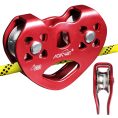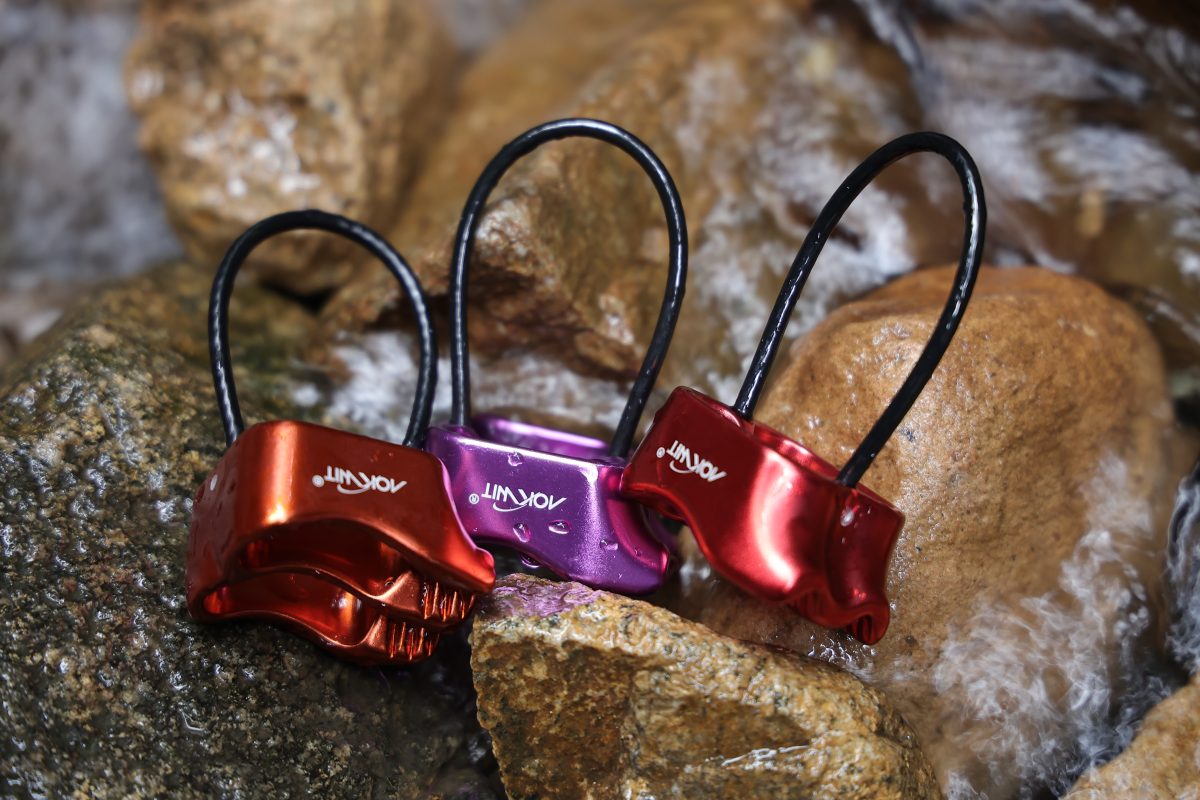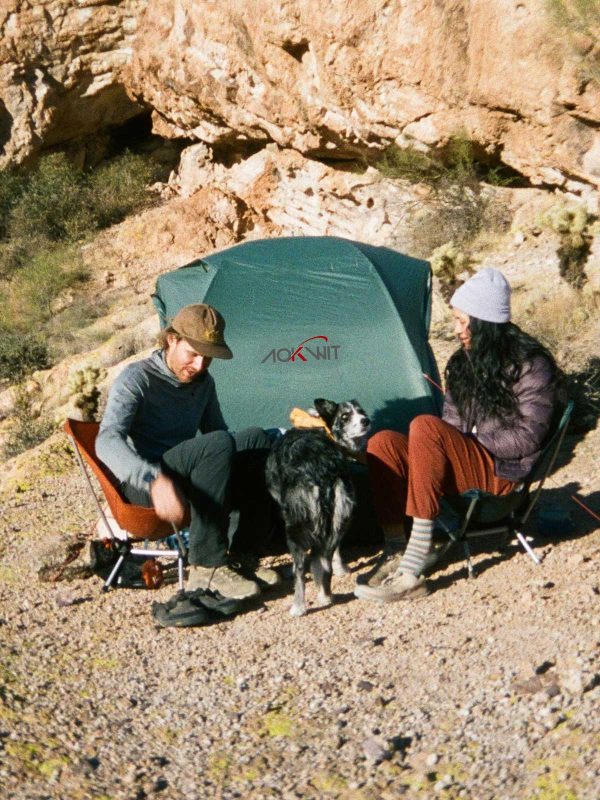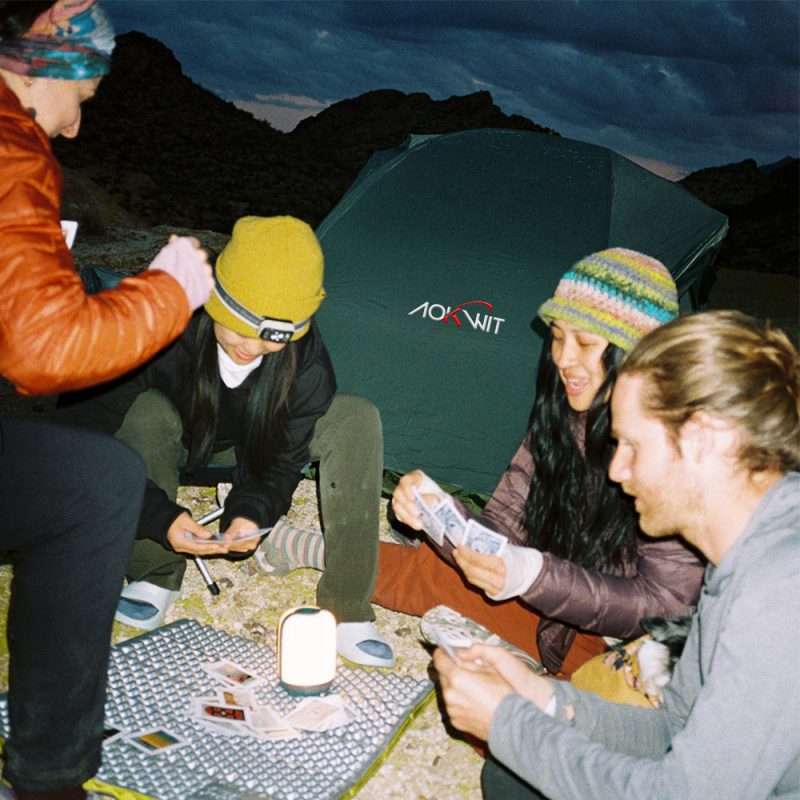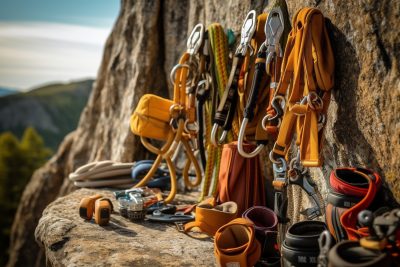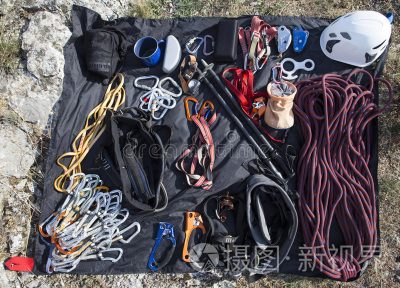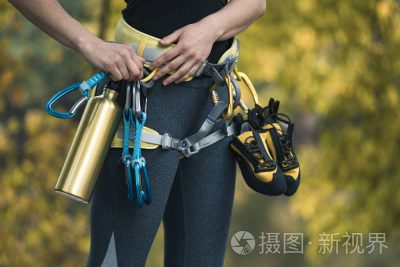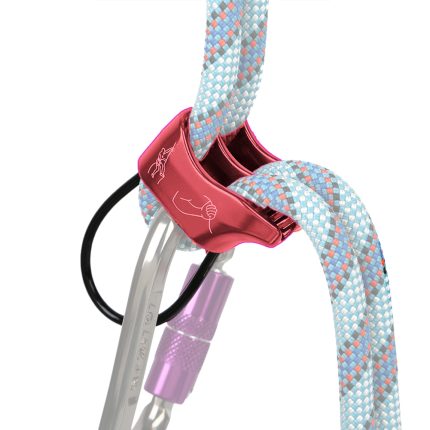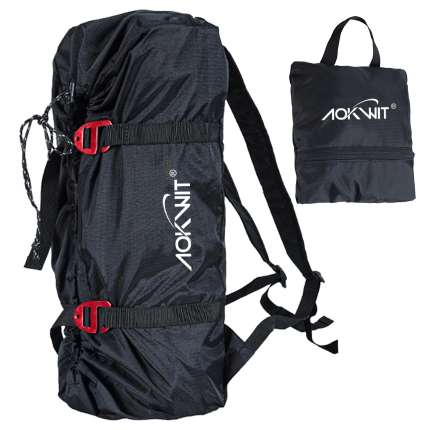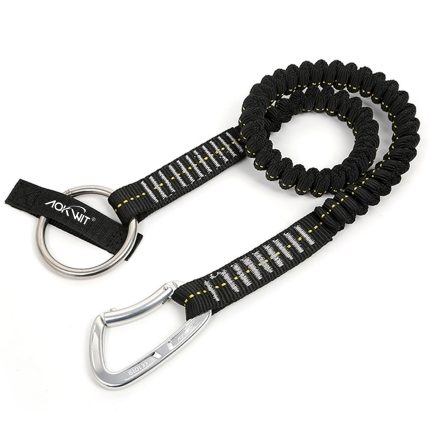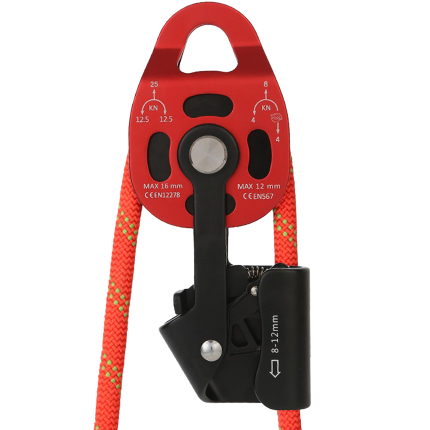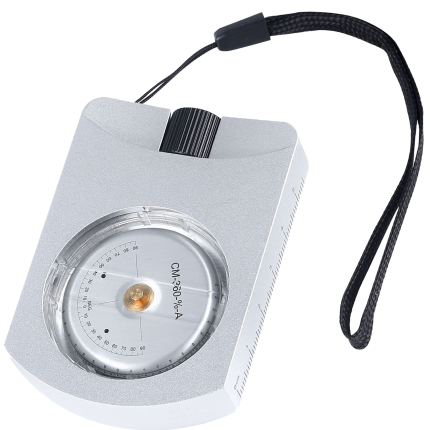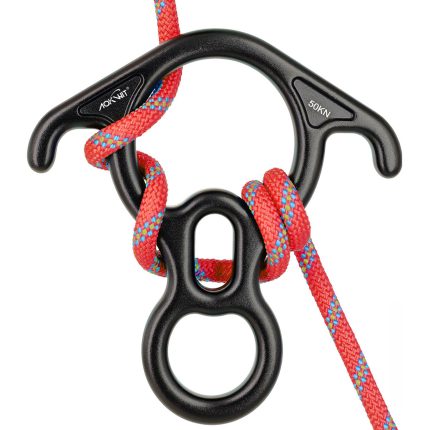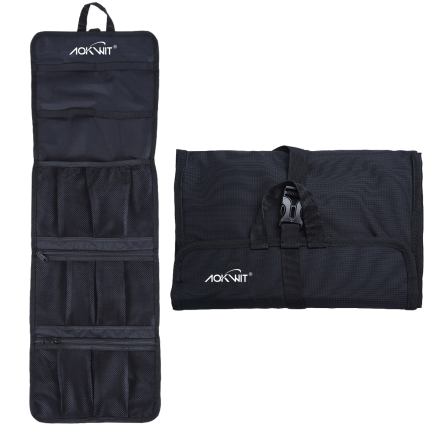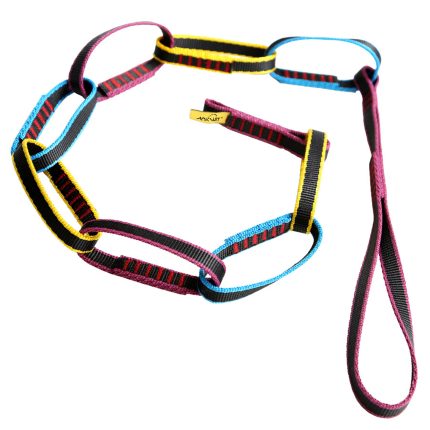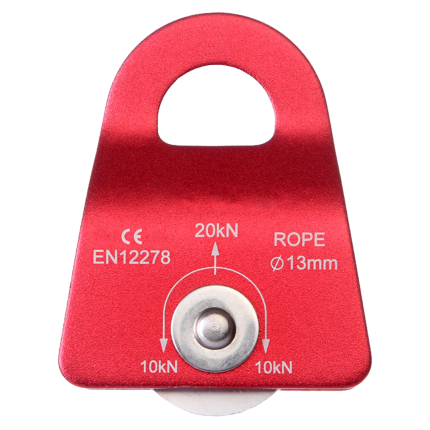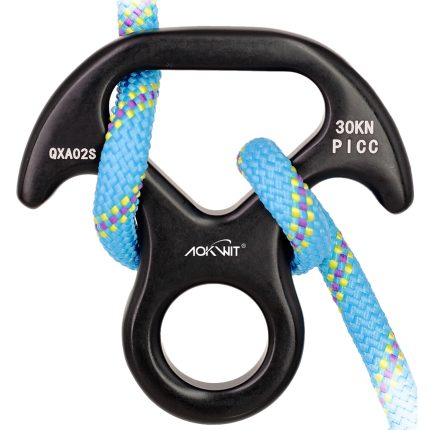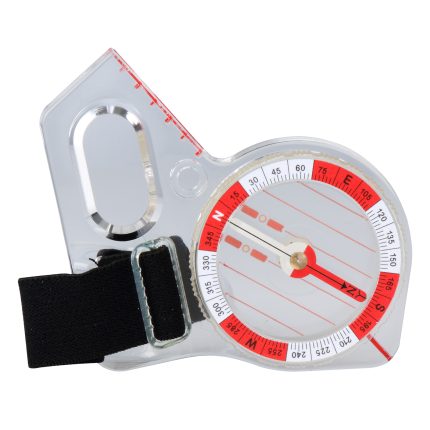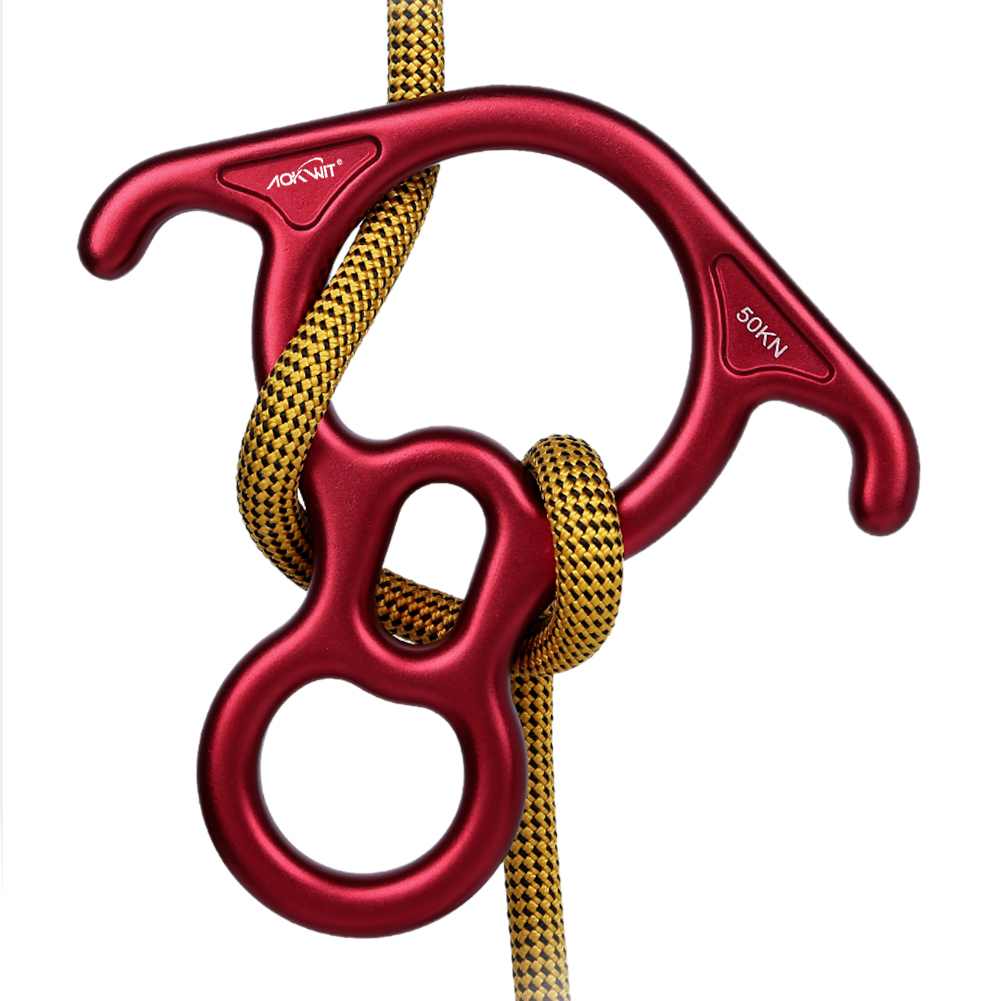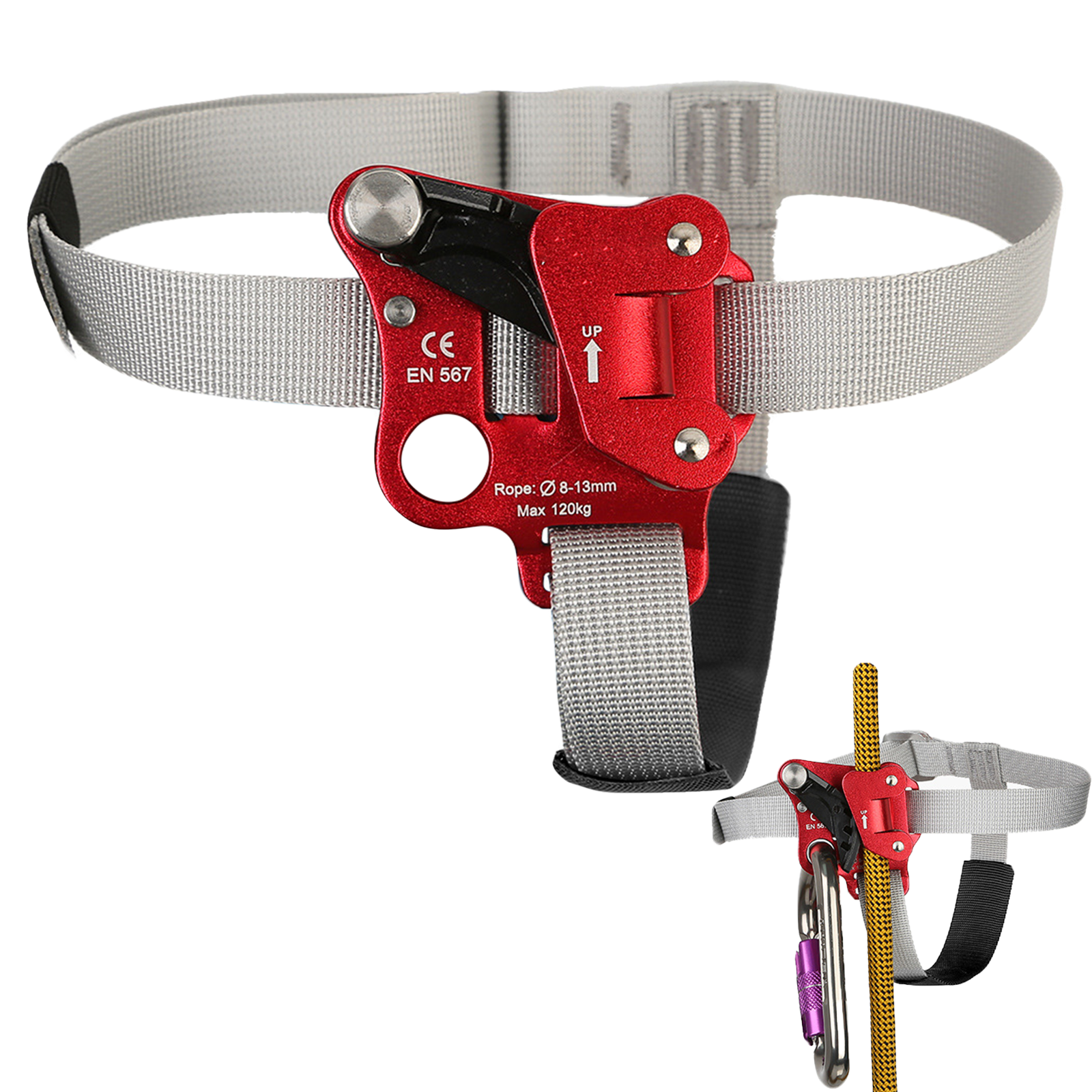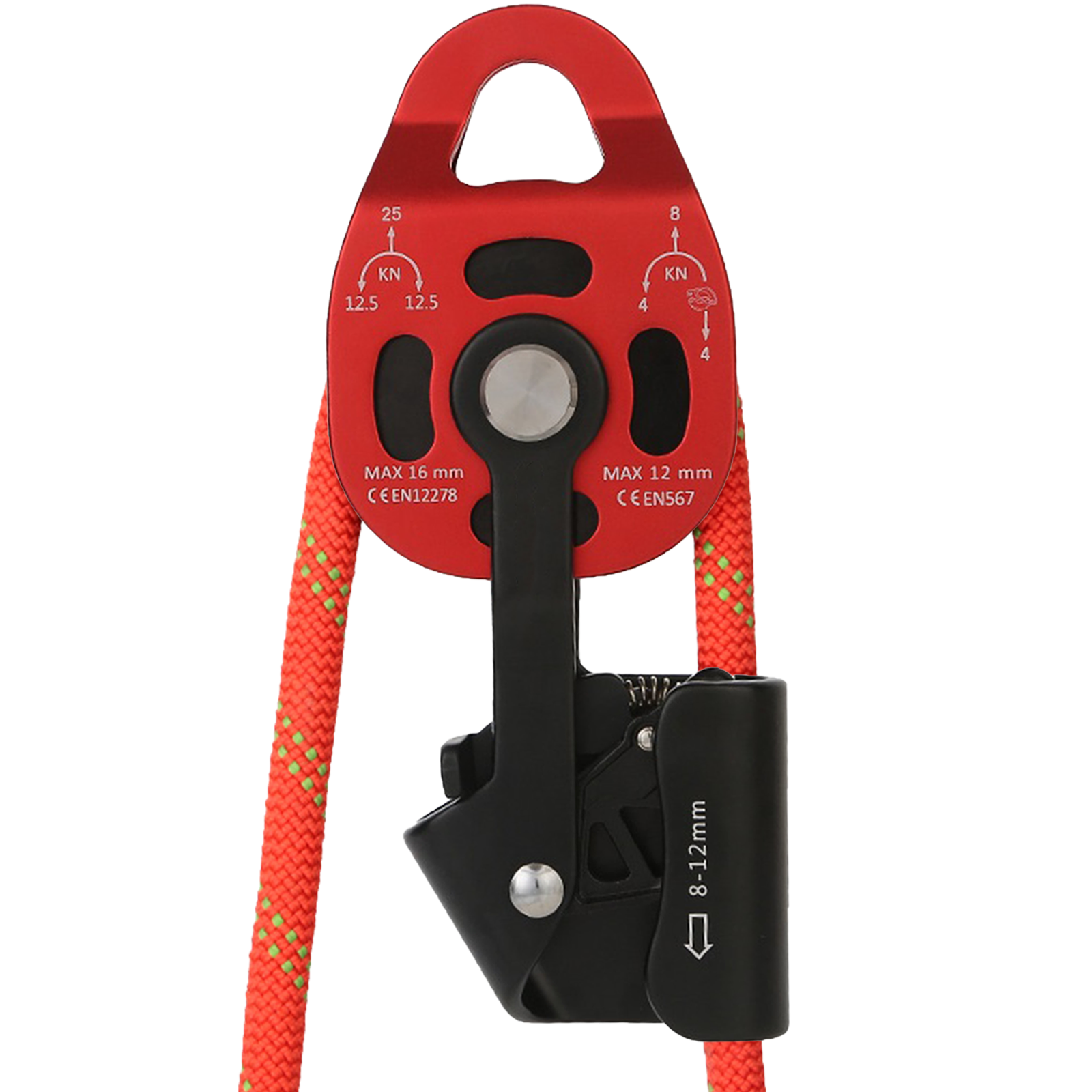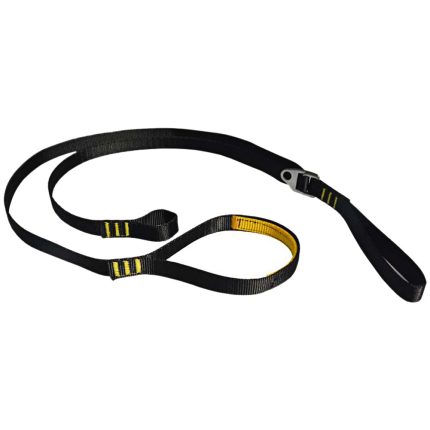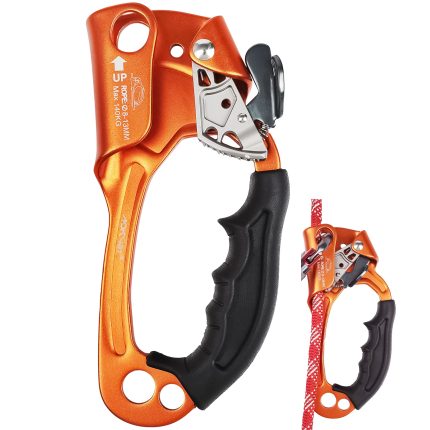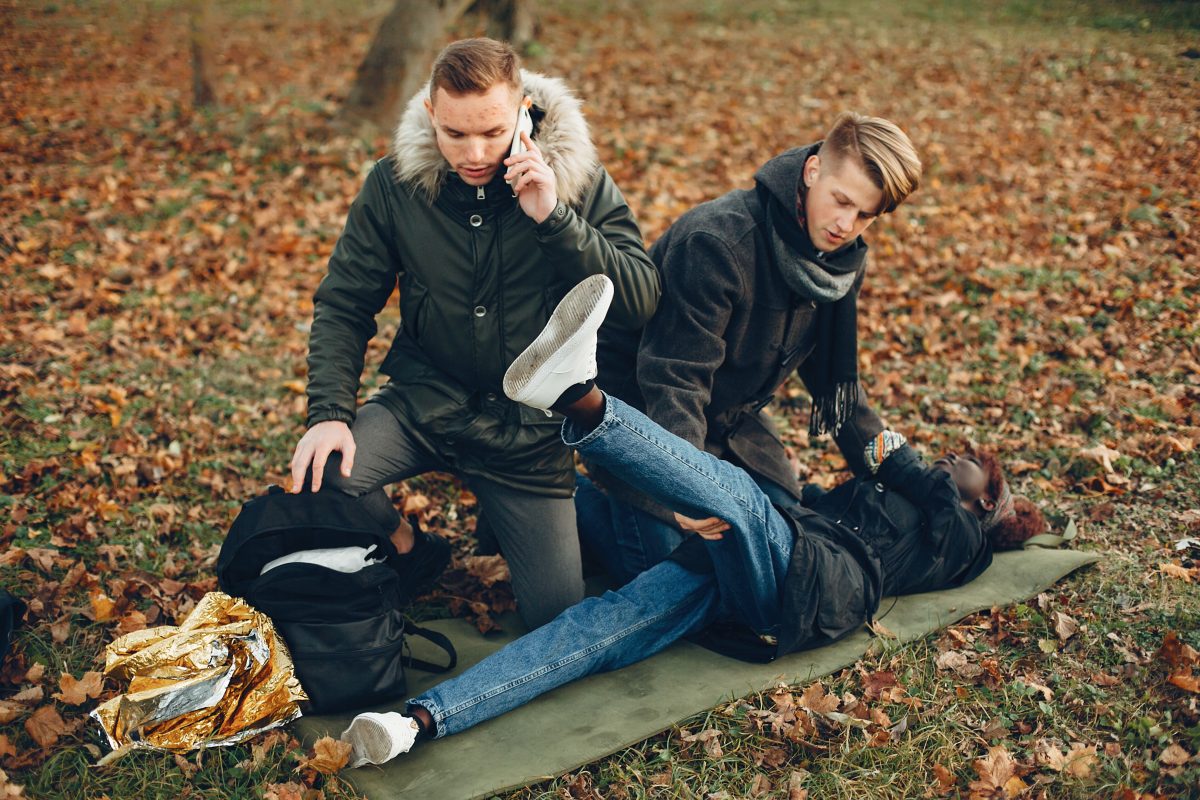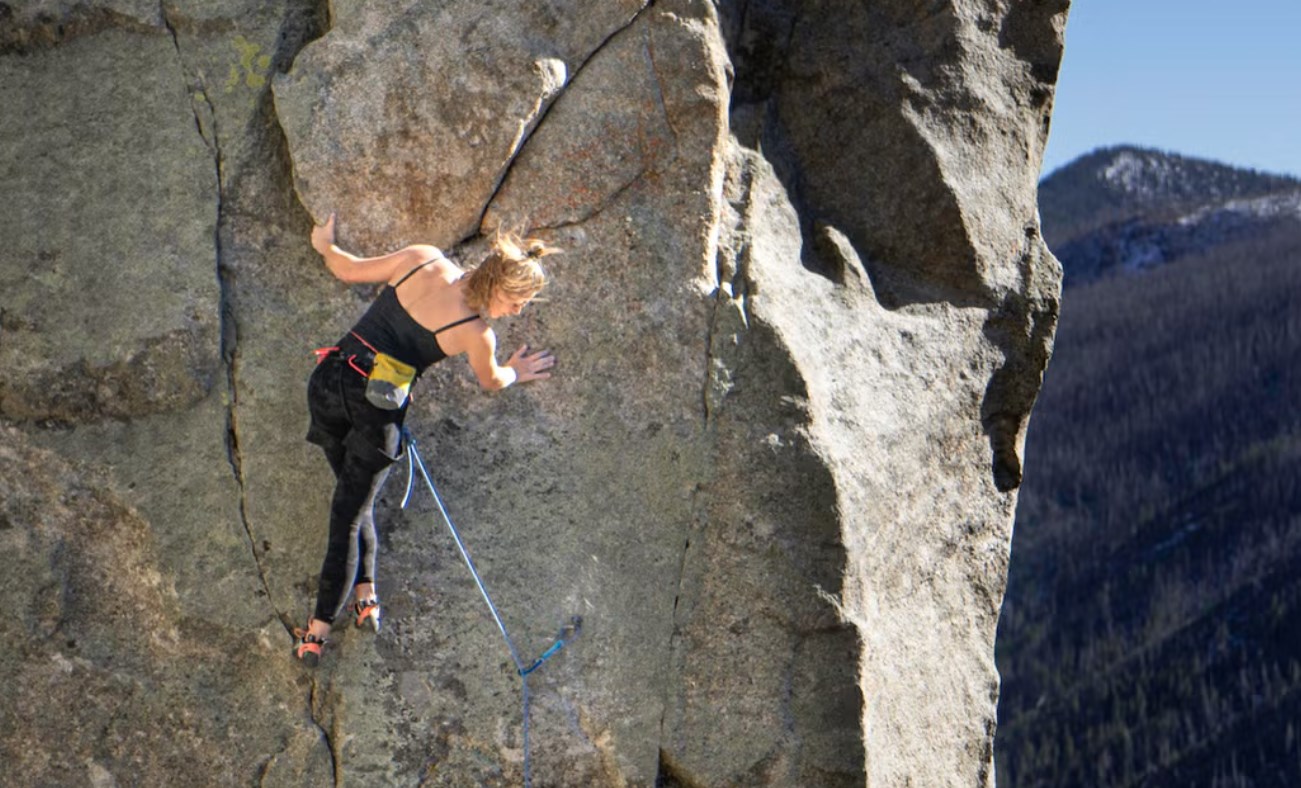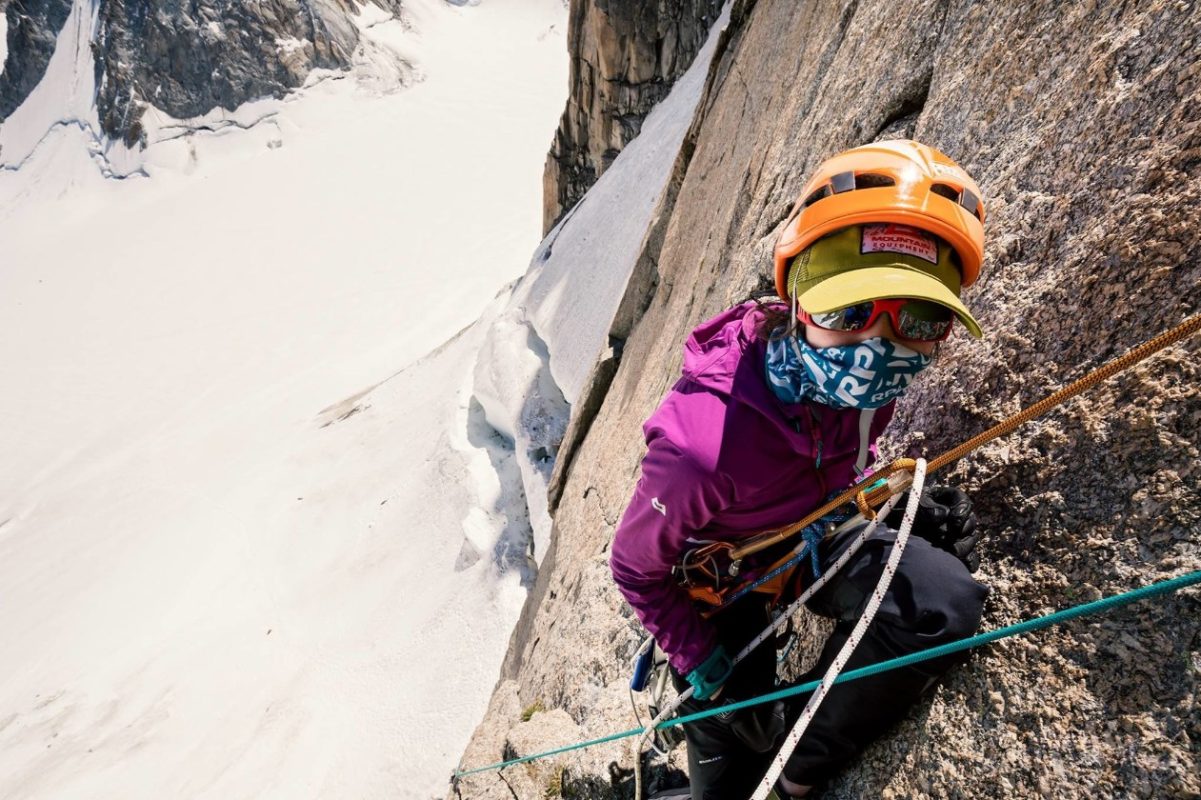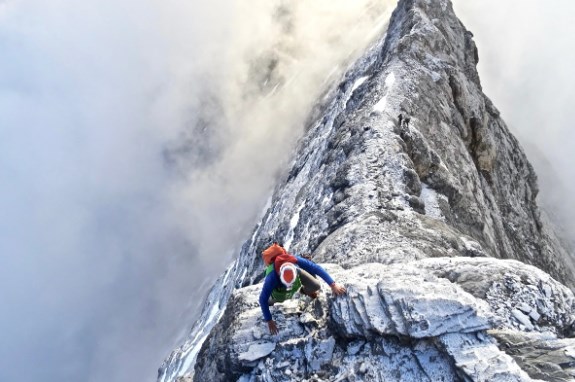The 50 Most Common Climbing Mistakes (Sport Climbing)
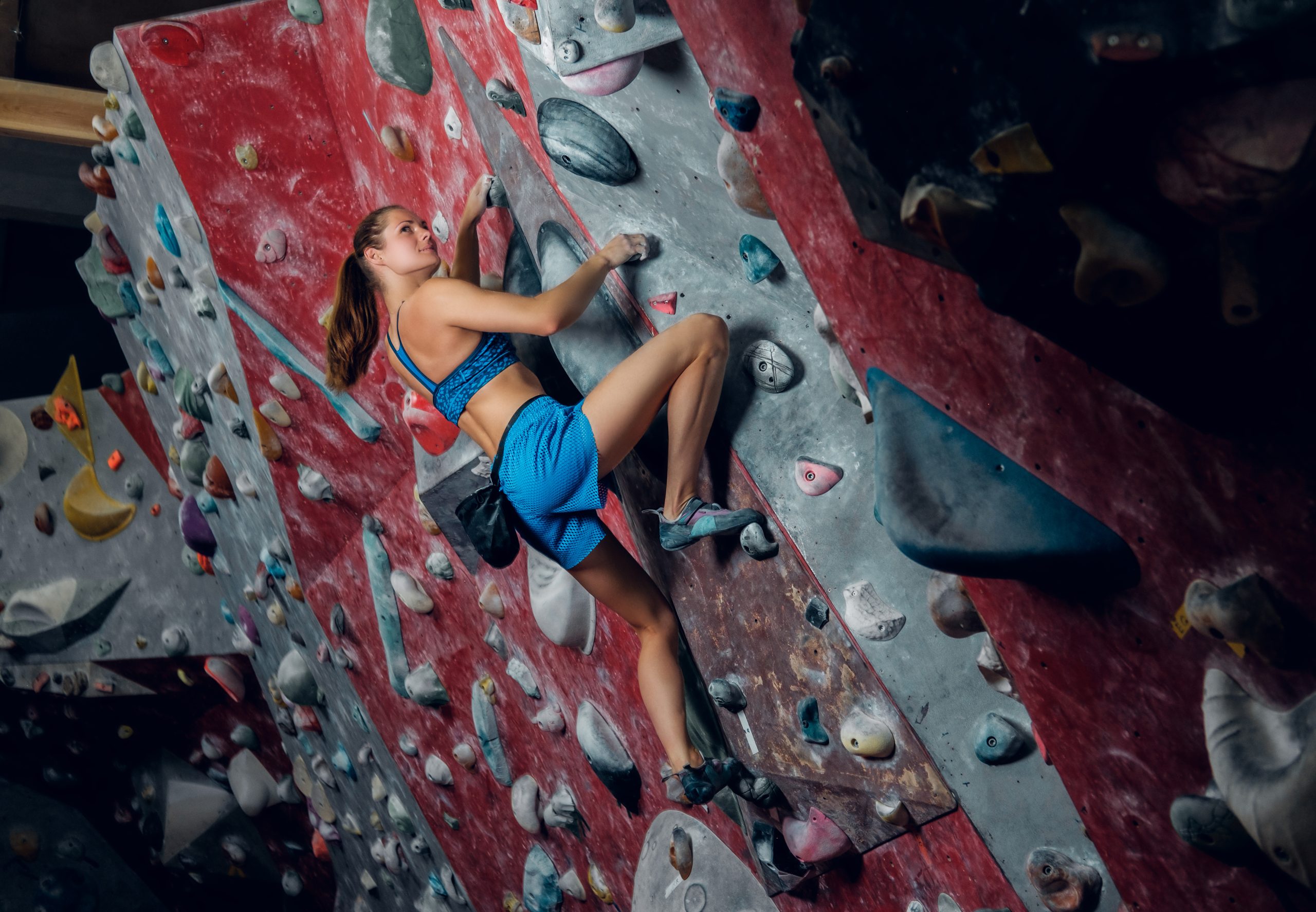
Not all climbing mistakes are fatal—some may just cause trouble for you and your partner, but they are all enough to ruin an enjoyable climbing trip.
Just like in life, climbing experience is accumulated by learning from our own and others’ mistakes. This article will sort out 50 common climbing mistakes and some avoidance tips by different climbing categories, hoping to help you become a safer and wiser climber.
I. Mistakes to Avoid in All Climbing Types
1.Failing to Check Belay Knots and Devices Mutually
This is the most basic first mistake—seemingly simple but deadly.
- If you are the belayer, triple-check that the rope passes correctly through the belay device and that the carabiner connecting the device to the harness is securely locked.
- If you are the climber, ensure your figure-eight knot or other belay knot is correctly tied, taut, has sufficient tail length, and passes through both belay loops of the harness. Also, check your partner’s knot.
Most climbers may repeat the actions of knot-tying and belaying thousands of times in their climbing careers, making them seem so natural that everyone overlooks the risks.
In fact, due to the high repetition rate, even a low error rate can lead to problems occasionally—especially when tying knots or belaying while chatting.
Even world-class climbers like Lynn Hill suffered a 20-meter fall from the top of a route due to this mistake.

Example of a Correct Belay Device
2.Not Wearing a Helmet
Sport climbers generally dislike wearing helmets more than traditional climbers. But why?
The probability of falling to the ground, swinging into the wall, or being inverted by the rope during a fall is the same (or higher) in sport climbing, and any rock face may have falling rocks.
When deciding whether to wear a helmet, assess the risk rather than focus on appearance.
3.Overconfidence
Pushing yourself at critical moments is essential to becoming a stronger climber, but it is important to fully understand risks and your own abilities to avoid accidents.
According to the North American Climbing Accident Report, “climbing a route beyond one’s ability” is one of the most common causes of accidents.
4.Careless Belaying
Belayers can make various mistakes, such as using an unreliable position when building a multi-pitch anchor or releasing the lower hand from the rope during belaying (even with auto-locking devices).
Another common mistake is standing too far from the wall, causing the climber to be dragged into the wall during a fall.
Giving too much rope (even letting it drag on the ground) is also a lazy and wrong practice—do not use “providing better cushioning for the climber” as an excuse.
Finally, avoid chatting while belaying—you will have plenty of time to talk with friends after the climber returns to the ground.
5.Not Tying a Knot at the Rope End
Most people focus on learning how to build safe anchors when starting climbing.
In fact, the risk of injury from not tying a knot before a single-pitch sport climb is much higher than anchor failure in traditional climbing.
If belaying a single-pitch route, always tie a knot at the rope end or attach it to yourself.
Make this a habit, not just something you do when you think the rope might be too short.
Knotting is equally important during rappelling—many fatal accidents during descent are caused by slipping off an unknotted rope end, even among some of the world’s strongest climbers.
Common Mistakes in Sport Climbing
6.Putting Legs Between the Rope and the Wall
When climbing traverses or overhangs, your feet may often misstep and get between the rope and the wall.
If you fall in this position, your foot may get caught, causing not only skin burns but also potential inversion, leading to more serious accidents.
Always be alert to this risk during climbing—adjust your leg position immediately if you notice an issue, even if it means failing your redpoint attempt.
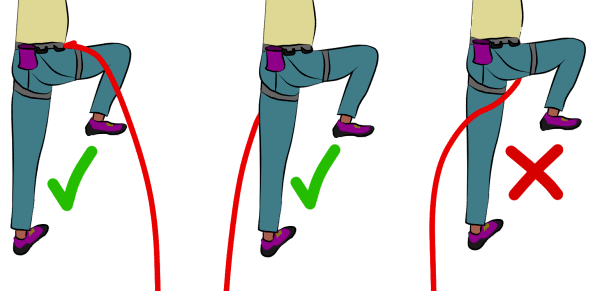
7.Poor Partner Communication
Many climbing environments can hinder communication between climbers and belayers—strong winds, long routes, overhangs, passing cars, or multiple climbing groups in the same valley.
Regardless, ensure you and your partner clarify the plan before starting: when you expect to reach the anchor, what to do upon arrival, whether to use ring lowering, quickdraws, or rappel?
Misunderstandings can cause significant trouble, especially when noisy environments make communication difficult after problems arise.
8.Carabiners Stuck on Rock Protrusions
After clipping a quickdraw into a bolt hanger, check whether the two carabiners might hit rock edges or protrusions. Carabiners bearing weight against the rock face may fracture.
If this is a concern, switch to a longer or shorter quickdraw.

9.Clipping Quickdraws in Reverse
Here’s a safety tip: when clipping the rope into a quickdraw, ensure the climber’s end of the rope faces away from the rock.
If the rope exits toward the rock, you have clipped it in reverse.
A reversed quickdraw has a higher risk of the rope slipping out during a fall, leading to longer falls or danger.

Risk of Rope Unclipping Caused by Reverse Clipping
10.Z-Roping
Climbers often focus on hand and foot placements, meaning they may inadvertently grab the rope below the last quickdraw when clipping a new one.
This creates a “Z” shape, making the rope immovable and increasing fall distance if a fall occurs.
Always ensure you grab the rope above the last quickdraw before pulling.
If you can only pull a small amount of rope at a time, you can hold it in your teeth to continue pulling, but note that a fall in this position could knock out your teeth.
If you find yourself in a Z-rope situation, the quickest solution is to unclip the lower quickdraw.
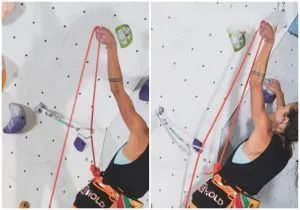
Incorrect Z-Roping (Left) vs. Correct Roping (Right)
11.Using Old Existing Quickdraws on the Rock
Finding an old quickdraw left by previous climbers in a cave may seem reassuring, but think twice before clipping in.
Exercise extra caution if the carabiners are heavily worn or have visible grooves.
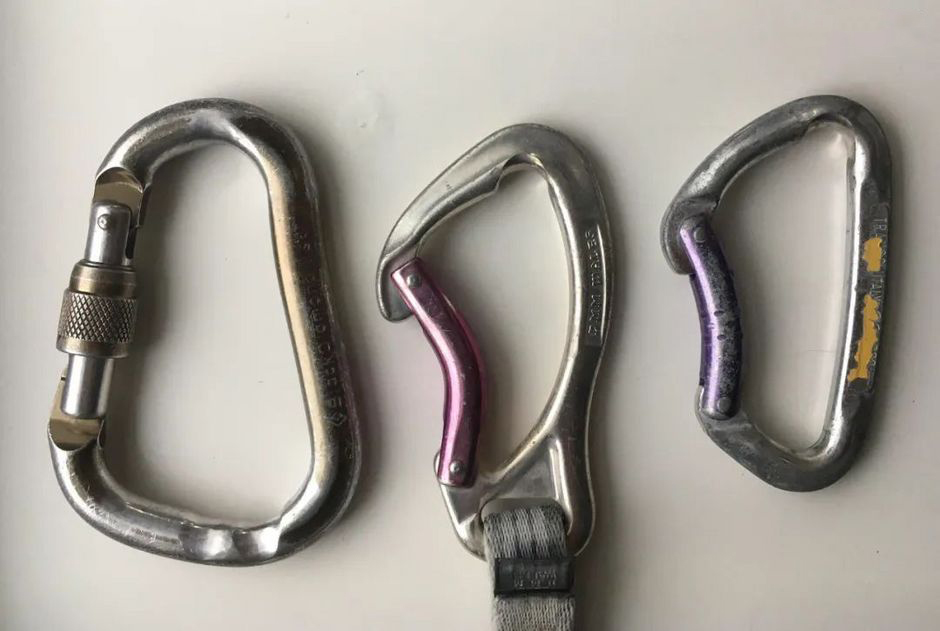
Some Grooved Vintage Carabiners
12.Fully Trusting Bolt Hangers
Bolt hangers can pull out, especially old ones—be extra vigilant in humid or coastal areas. A 2009 UIAA report stated that 10–20% of bolt hangers in tropical coastal climbing areas fail under 500 kg of force. If you notice a rusty or cracked bolt hanger on a route, reconsider whether to climb it.
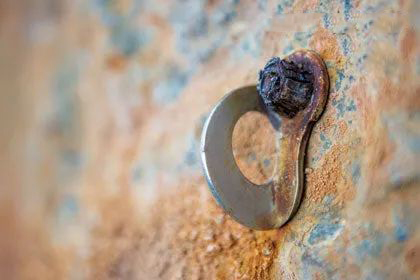
Would You Trust This Bolt Hanger?
13.Standing Below Rockfall or Climbing Zones
Remember, all rock faces pose a rockfall risk. After putting on your helmet, avoid areas prone to rockfall (e.g., near water runoff) and plan escape routes in case of falling rocks.
14.Using Rappel Rings for Top Roping
Ropes can pick up sand and dust, wearing down rappel rings through frequent pulling.
Always use your own gear for top roping and only use the route’s rappel rings once when retrieving the rope.
For better ethics, rappel to retrieve the rope when possible instead of having your partner lower you.
15.Shouting Out Climbing Beta
We know you’re excited after sending a route, and your beta might help someone working on it. But keep your beta to yourself unless others ask.
While shouting beta won’t cause life-threatening danger, it can ruin other climbers’ enjoyment.
16.Letting Your Dog Run Free in Climbing Areas
Your dog deserves to enjoy the outdoors with you, but keep them under control. A loose dog can disturb other climbers or even tangle with ropes, creating hazards.
Additional Tips for Sport Climbers
Focus on your current climb or belay. If someone approaches you while you’re preparing to climb or belaying, finish the task at hand first—other conversations can wait!
